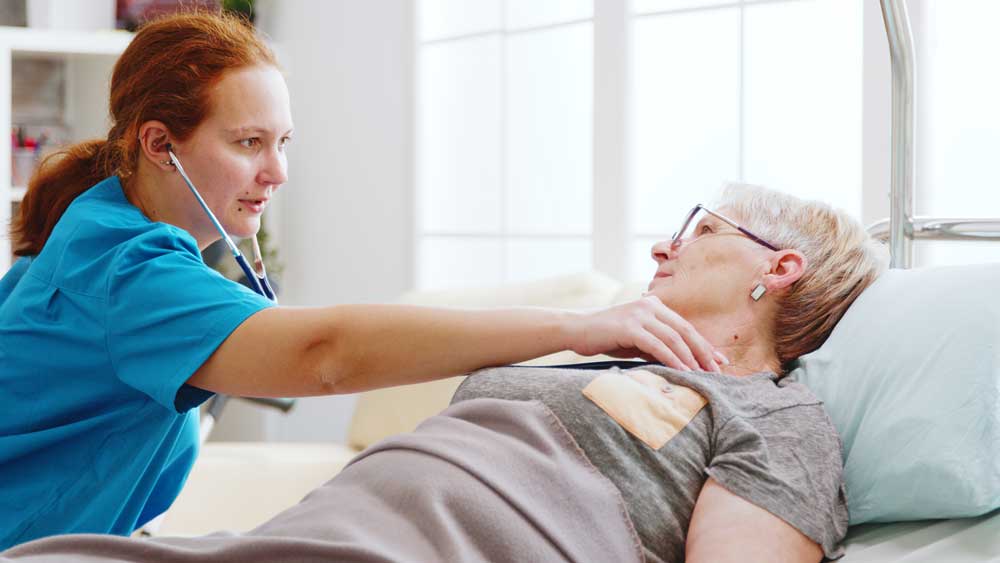The human body needs cholesterol to perform important functions, such as building cell membranes, making vitamin D and producing many different hormones.
There are two sources of cholesterol: food and liver.
Throughout the body, fats and cholesterol are carried in round particles called lipoproteins. Lipoproteins are divided into 4 categories: very-low-density lipoproteins (VLDL), low-density lipoproteins (LDL), high-density lipoproteins (HDL), and chylomicrons.
LDL (bad) cholesterol carries cholesterol particles throughout the body. A buildup of LDL cholesterol causes hardened and narrowed arteries which can lead to cardiovascular diseases and strokes. LDL levels should be below <100mg/dl.
On the other hand, HDL (good) cholesterol absorbs excess cholesterol and transports it to the liver. HDL levels should be >50mg/dl.
Here are some food sources that elevate LDL cholesterol levels:
• Full-fat dairy products
• Butter
• Palm oil
• Deep-fried foods
• Commercially baked products (pies, biscuits, pastries)
• Animal fats (margarine, ghee, lard)
• Processed meat such as sausages
• Added sugar
On the other hand, to increase HDL (good) cholesterol levels, adapt the Mediterranean diet and consume HDL-friendly foods such as:
• Olive oil
• Beans and legumes
• Whole grains
• Avocado
• Chia seeds
• Nuts
• Flaxseeds
• Fatty fish
• High-fiber food
The cause of high cholesterol may be inherited, but most often it is the result of poor lifestyle choices, which can be prevented and treated. Exercise and a healthy diet can bring down cholesterol levels, but sometimes medication is necessary as well.
Rising Cholesterol During Menopause:
Since the female hormone estrogen boosts HDL cholesterol levels, women have higher
levels of HDL than men. But everything changes at menopause. At this stage, many women’s cholesterol levels change. Total and LDL (bad) cholesterol rises, and HDL (good) cholesterol decreases due to a drop of the female hormone (estrogen).
Moreover, another study has found that women tend to have lower HDL levels during menopause compared to women with regular menstruation. Furthermore, triglycerides levels increase which leads to an increase in abdominal fat.
In addition, another study illustrated that reduced estrogen levels lead to a decrease in insulin sensitivity and could cause metabolic disturbances.
Therefore, it’s very important for women as they approach menopause to assess their health and lifestyle to manage the rising risk factors of cardiovascular diseases and other chronic conditions.
Here’s how to maintain a healthy lifestyle that promotes healthy cholesterol levels:
• Maintain a healthy weight
• Exercise regularly. Make sure to choose the activity that you like so it can be sustainable. Aim for at least 150 minutes each week
• Quit smoking
• Eat a diet rich in a variety of fruits, vegetables, seeds, and fibers especially soluble fibers which can reduce LDL levels (fiber sources include oats, whole-grains bread, oats, lentils, and chickpeas)
• Avoid added sugar in all types of foods and drinks
• Avoid refined carbohydrates such as (doughnuts, pies, cookies, etc.)
• Avoid processed meat such as sausages, hot dogs, and bacon
• Drink alcohol in moderation (1 drink or less in a day for women)
• Use olive oil instead of butter
• Consider the Mediterranean diet which is rich in legumes, fish, fruits, and vegetables
• Use spices instead of salt to season your food to limit your salt intake
• Eat nuts as a snack (walnuts, almonds, cashews, pecans, and hazelnuts)
• Eat monounsaturated fatty acids found in olive oil, salmon, nuts, avocado, and olives
• Eliminate trans-fats and partially hydrogenated vegetable oil products found in crackers, biscuits, cakes, and fried foods
• Eliminate products that contain palm oil
• Limit intake of red meat and substitute with fish
• Use low-fat dairy products
• Avoid fried foods
• Include plant stanols and plant sterols in your diet. They compete with cholesterol for absorption in the digestive system. Sources include beans, lentils, seeds, and nuts.
• Limit caffeine intake to no more than 2 cups/day
• Aim for calcium-rich foods such green leafy vegetables, low-fat dairy products,
• sardines, chia seeds, and sesame seeds.
• Include whey protein in your diet. A study has shown that whey protein lowers LDL and total cholesterol levels
• Read food labels properly and check for cholesterol and sugar content in food products
There are plenty of ways to keep high cholesterol levels in check. With regular checkups and switching to a healthier lifestyle, it’s possible to manage your cholesterol levels and keep your heart and body healthy.

